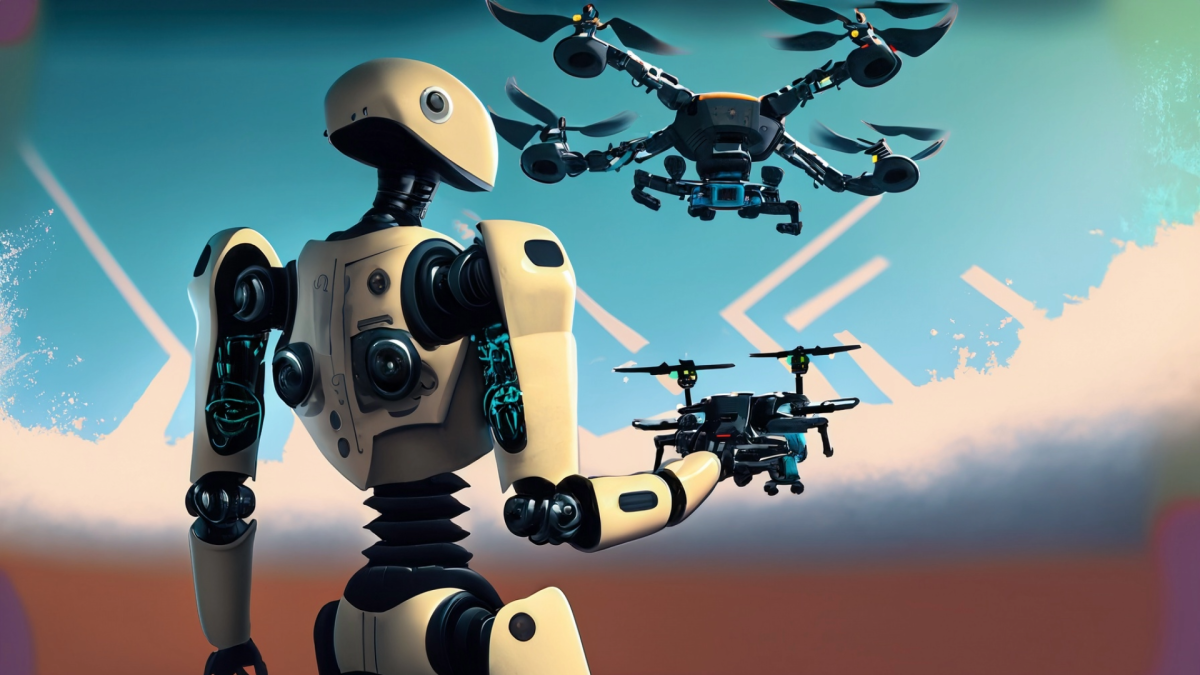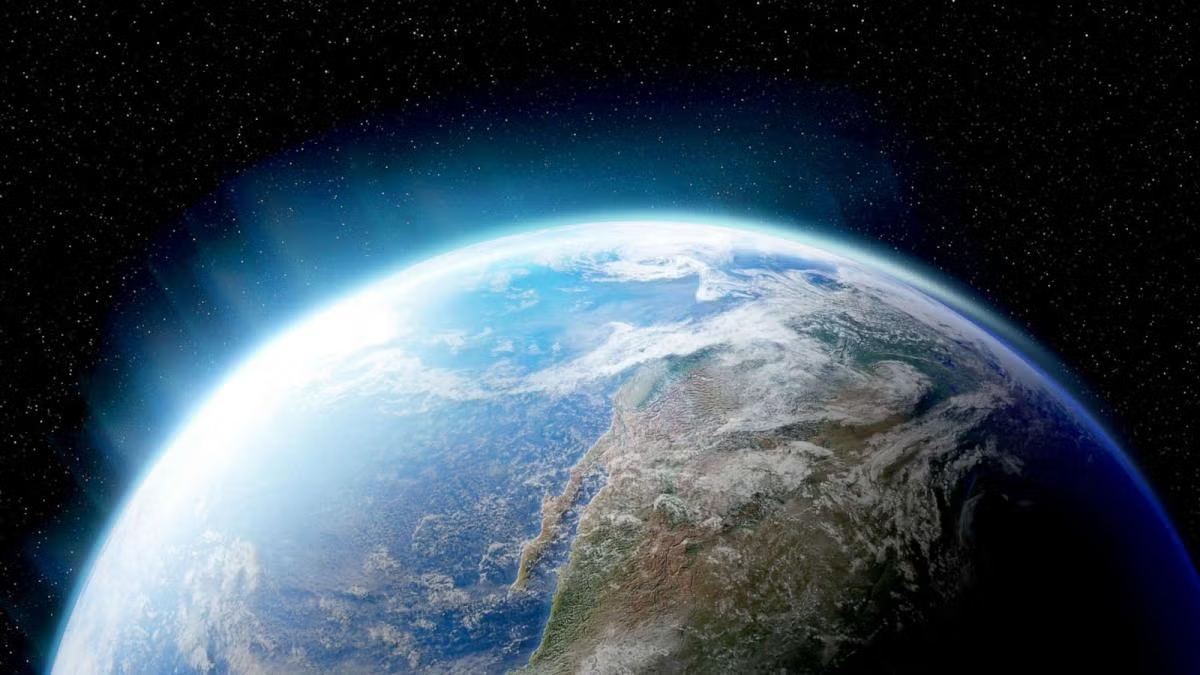
Ancient Paints Part 2: Lake Pigments
by Adam Hardy
A lesson that dives into the fusion of Art and Chemistry. Students will make their own pigments using common plants by using an acid-base reaction. They will test the effects of different solvents in extracting pigments, and check their experiments for colorfastness. This lesson can be used in conjunction with two other lessons as part of a unit on making paint. If desired, this lesson can be a fun way to use stoichiometry and calculate pH.
Lesson Plan Link/URL
https://docs.google.com/presentation/d/1l7mIygbfYvvheteUeo62TCBj8IF6F2tL/edit?u…Subject Area
Science Physical Science P1: Matter Earth and Space Science E1: Earth Systems Technology 1. Empowered Learner 4. Innovative Designer 5. Computational Thinker Engineering S2: Apply the Engineering Design Process S3: Apply Mathematics to Engineering S4: Apply Science to Engineering Mathematics Measurement and Data (MD) Expressions and Equations (EE)
Featured
Off
Related Content

Grades:
3rd Grade, 4th Grade, 5th Grade, 6th Grade, 7th Grade, 8th Grade
On the second day students use more complex coding, the built in camera for taking pictures and experience FPV. It has 3 missions total in this lesson. This lesson also uses yaw to keep the camera

Grades:
10th Grade, 12th Grade
This lesson builds on the Part 1 of Urbanization Impacts in the HS Environmental Science classroom. In this lesson, students are utilizing their knowledge to create models of solutions to the

Grades:
3rd Grade, 4th Grade
An Arizona 3rd grade standard is to learn about Arizona tribes' ways of living and how they depend on their environment to shape their world. In this hands-on lesson, students will use their hands